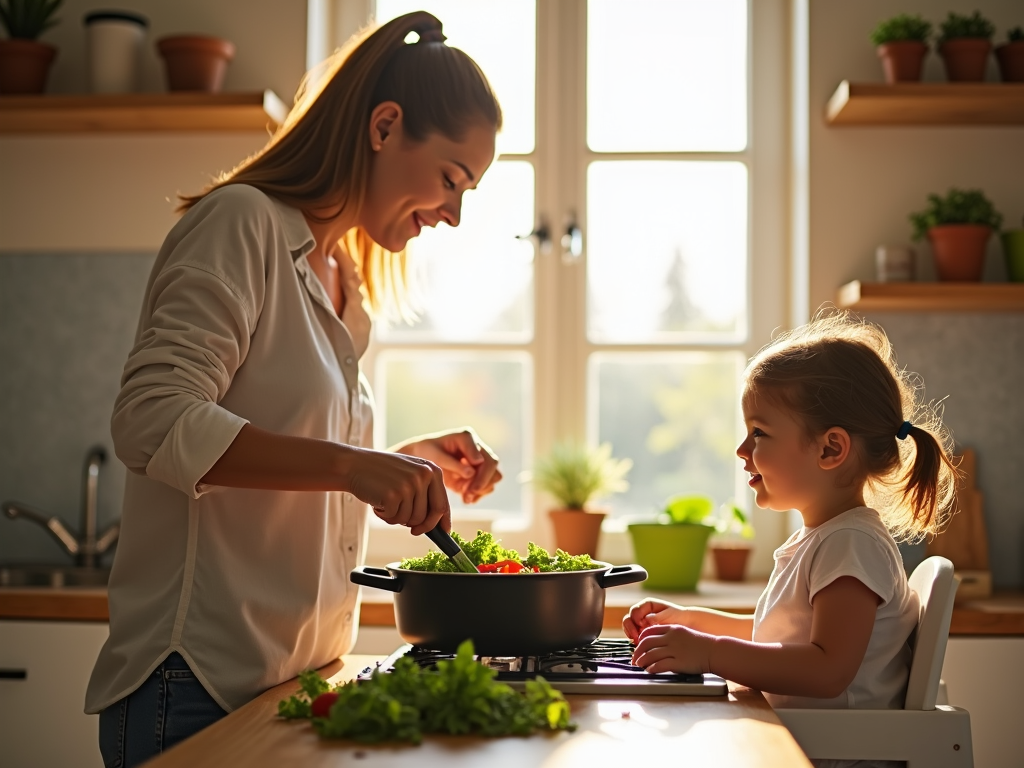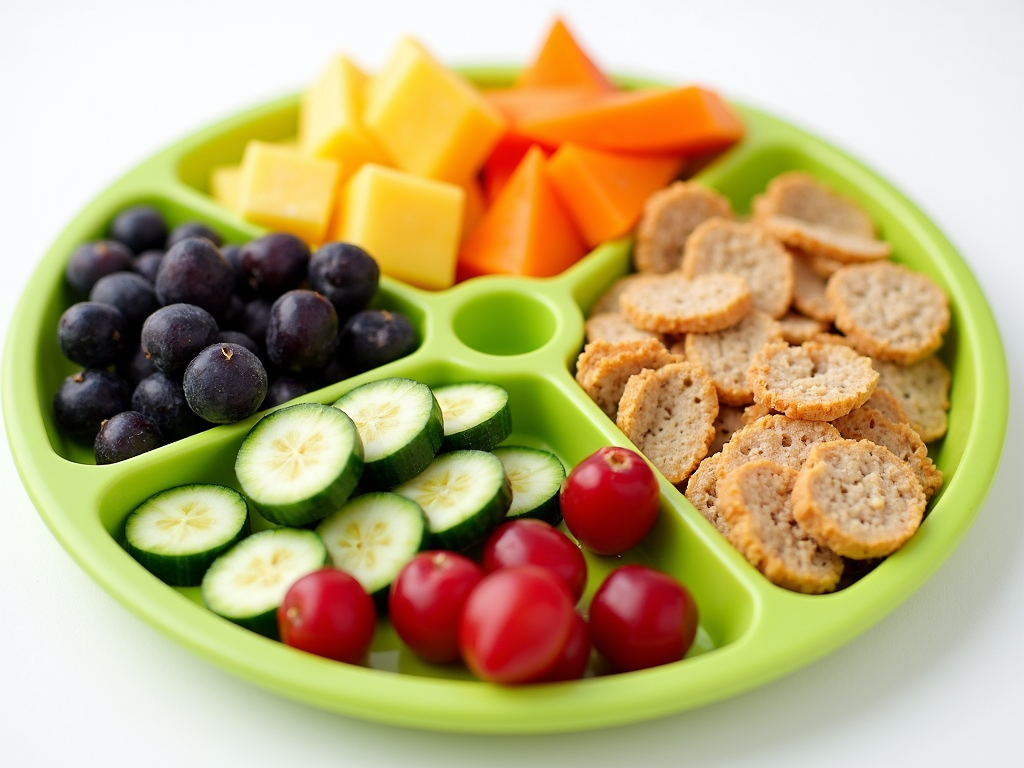FPIES, or Food Protein-Induced Enterocolitis Syndrome, is a rare food allergy that affects infants and young children. It causes delayed stomach issues like vomiting and diarrhea. This guide helps parents learn about FPIES, manage it, and keep their child healthy and happy.

What is FPIES?
FPIES stands for Food Protein-Induced Enterocolitis Syndrome. Unlike typical allergies that cause instant reactions like hives, FPIES hits the gut and shows up hours later—usually 2 to 4 hours after eating a trigger food. Common culprits are cow’s milk, soy, rice, and oats, but any food can set it off.
Doctors often miss FPIES at first because it looks like a stomach bug or even something scarier like sepsis. I remember a friend whose baby kept getting sick after meals, and it took months to figure out it was FPIES. That’s why parents need to know about it and push for answers if something feels off.

Symptoms to Watch For
FPIES reactions can be rough. Here’s what you might see:
- Vomiting: Often a lot, and it keeps coming.
- Diarrhea: Watery and persistent.
- Lethargy: Your child might seem super tired or floppy.
- Pale or Blue Skin: A scary sign something’s wrong.
- Dehydration: Dry mouth, sunken eyes—serious stuff.
In bad cases, it can lead to Acute FPIES, where shock sets in, and you need to get to the ER fast. Picture this: your toddler eats oatmeal, seems fine, then two hours later is throwing up and barely moving. It’s terrifying, but knowing what to look for helps you act quick.

How Doctors Diagnose FPIES
There’s no simple test for FPIES. Doctors rely on what you tell them—when symptoms happen, what your child ate, how they acted. They might run tests to rule out other problems, but it’s mostly about connecting the dots.
Keep a food diary. Write down everything: what they eat, when, and how they feel after. I’ve seen parents catch patterns this way—like one mom who realized rice was the problem after weeks of notes. It’s detective work, but it pays off.

Managing FPIES Day-to-Day
Managing FPIES takes effort, but you can do it. Here’s how:
| Step | What to Do |
|---|---|
| Avoid Triggers | Figure out which foods cause trouble. |
| Test New Foods | Try one at a time, slowly. |
| Plan for Emergencies | Know when to call the doctor or head to the ER. |
| Team Up with Doctors | Check in with a pediatrician or allergist often. |
For Acute FPIES, have a clear plan—maybe even a letter from your doctor for the ER. It’s all about staying one step ahead.

The Emotional Side
FPIES isn’t just about food—it’s tough on your heart, too. You might feel scared watching your kid struggle or lonely if no one gets it. I’ve talked to parents who cried over missed birthday cake moments. That’s real.
Find people who understand. Online groups or local meetups can be a lifeline. And give yourself grace—it’s okay to feel overwhelmed. You’re doing your best for your little one.

Cooking for Kids with FPIES: Easy and Safe Recipes
Feeding a kid with FPIES can feel like a puzzle, but it gets easier. Start with basic, whole foods that don’t trigger reactions. Think FPIES-friendly recipes for children like:
- Boiled chicken with mashed sweet potato.
- Steamed zucchini blended smooth.
- Plain quinoa (if it’s safe for your kid).
Introduce one ingredient at a time. Cook extra and freeze it—saves time on busy days. My friend swears by her slow cooker for safe, simple meals. Check with your doctor first, but these ideas can get you started.

Healthy Living with Food Allergies
FPIES doesn’t have to stop your child from thriving. Focus on a balanced diet with safe foods—maybe see a dietitian for help. Fresh fruits, veggies, and proteins can keep them strong.
Get them moving, too. Playing outside or dancing around the house boosts their mood and yours. It’s not just about dodging allergies—it’s about building a full, happy life.

Safe Foods and Triggers
Every kid’s different, but here’s a quick look at common FPIES foods:
| Common Triggers | Safe Alternatives |
|---|---|
| Cow’s Milk | Coconut Milk (if okay) |
| Soy | Pea Protein |
| Rice | Quinoa |
| Oats | Millet |
Test everything carefully. Your doctor can guide you, and sites like FARE have great tips.

Wrapping Up
FPIES is a challenge, but you’ve got this. Learn the signs, avoid the triggers, and lean on your support team—doctors, family, other parents. Your child can still grow up strong and happy. Check out more resources below to keep going.
Discuss Here